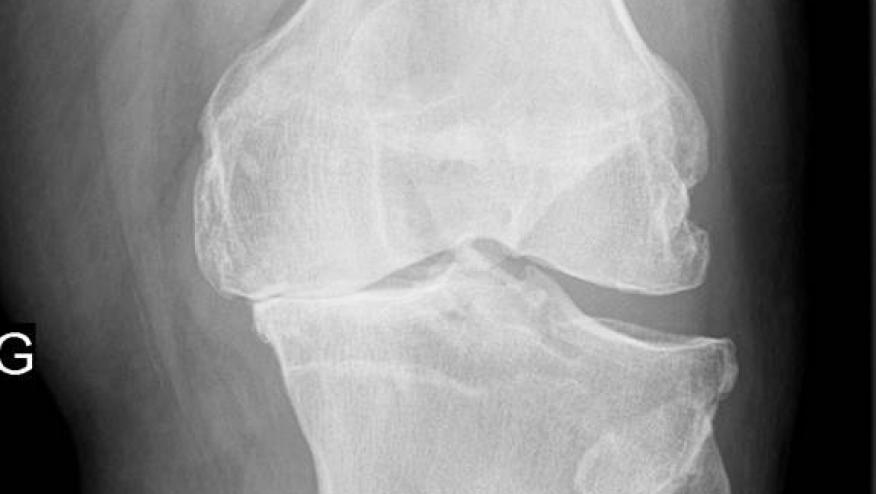Opioid Use in Osteoarthritis Varies by State Save

A study in Arthritis & Rheumatology shows that there is substantial statewide variation in rates of treatment with long‐term opioid therapy in osteoarthritis - not fully explained by differences in access to healthcare providers, varying case‐mix, or state‐level policies.
Researchers set out to assess the level of opioid use in the year preceding a TJR and overall among Medicare beneficiaries with advanced osteoarthritis and if there were geographical variations in rates of treatment with long-term opioid therapy in osteoarthritis. (Citation source: https://buff.ly/2FZ5atJ)
An observational cohort study of 358,121 osteoarthritis patients undergoing total joint replacement (TJR) examined long‐term opioids (≥ 90 days in the 360‐day period immediately preceding TJR) use.
Over the study years (2011 to 2014) the proportion of TJR patients using long-term opioids remained relatively stable (16.8% in 2011, 16.8% in 2012, 16.6% in 2013, and 16.3% in 2014).
They found that the unadjusted mean % of long‐term opioid users varied widely across states, ranging from 8.9% (Minnesota) to 26.4% (Alabama).
PCPs access was only modestly associated with rates of long‐term opioid use, while access to rheumatologists was not associated with long‐term opioid use.
Statewide variation in long‐term opioid use in osteoarthritis was not fully explained by differences in access to healthcare providers, varying case‐mix, or state‐level policies.










If you are a health practitioner, you may Login/Register to comment.
Due to the nature of these comment forums, only health practitioners are allowed to comment at this time.